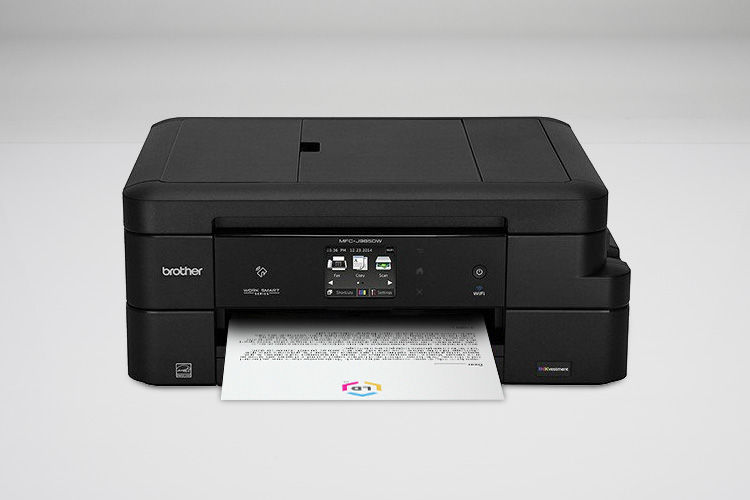Tax season is here, and if you’re a business, that probably means you’re doing a lot of printing in the next few weeks. Printer issues are the last thing you want getting in the way of completing your company’s taxes on time, so to lower your stress during this busy time of year, we put together some business printing tips that will help you get the most out of your printer.
Gather all of the right documents for filing. Before you start, make sure you have the appropriate tax documents. Different forms are required for different types of businesses. For example, you may need Form 1040 for a sole proprietorship, Form 1120 for a corporation, Form 1120S for S corporations, Form 1065 for partnerships, among others. Quickbooks has an extensive list of tax forms for businesses here, or you can reference the IRS website. To help you with the basics, we put together a tax prep checklist that covers the essential documents you need for filing. We tried to make this list as comprehensive as possible but there may be other documents you need that aren’t listed – when in doubt, consult a tax professional!
Print with toner cartridges. If you are printing a lot, a laser printer and toner cartridges are your best option. Most laser printers are much faster than inkjet printers and can print for thousands of pages before a cartridge needs to be replaced. For the best value, print with a high yield compatible toner cartridge. High yield cartridges print more pages, and when you print with a compatible cartridge from LD Products, you can take advantage of even bigger savings.
Print with high quality paper. For professional-looking prints, use premium plain white copy paper when printing your tax documents. And if you are handwriting all of your information in, use block print and make sure everything is completely legible to avoid having to resubmit anything.
Print multiple copies. Printing extra copies of tax documents is helpful so you have a backup on hand, just in case the originals are misplaced. It also gives you the option of sending them to different locations, if necessary.
Send back your return using certified mail. Now that you have everything printed and ready to go, the last step is mailing back your return. Check the IRS website for where to mail your return and use certified mail, return receipt requested so you have proof that your filing was mailed on a certain date. If you have one at the office, use a postage scale to determine the appropriate amount of postage. Most tax forms for a business are several pages long and will require additional postage. You will also want to make sure the envelope is postmarked by the filing date deadline, so it’s not considered late.
This article is intended to provide general financial education information. It does not give personalized tax, investment, legal or other business and professional advice. Consult a tax professional who can provide personal recommendations before taking any action.













Leave a Reply